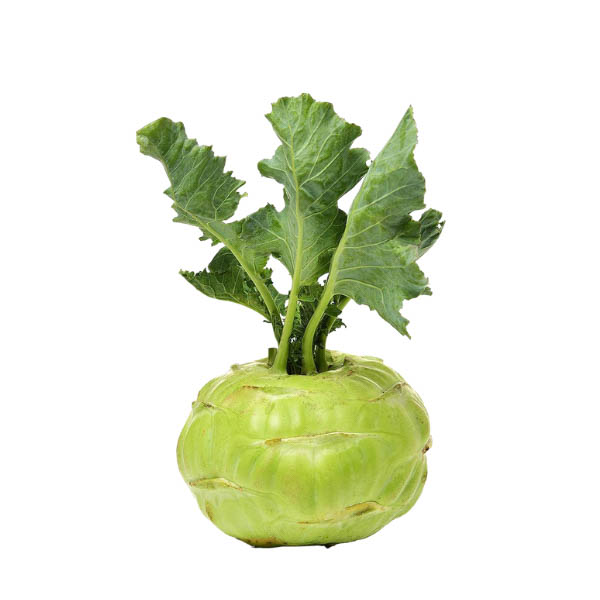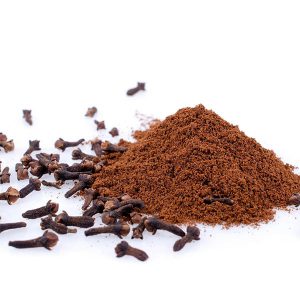Description
White Vienna, purple Vienna, grand duke, gigante purple danube, white danube
Dry and wet zones, up-country and mid-country
Northern Europe
Mild taste
Khol khol, as it is rich in vitamin C, helps your body maintain healthy connective tissue, teeth and gums. Vitamin C’s antioxidant properties protect your body from diseases and cancers by scavenging harmful free radicals. The vegetable also contains health-promoting phytochemicals such as isothiocyanates, sulforaphane, and indole-3-carbinol that protect you against prostate and colon cancers. It also contains adequate amounts of vitamin B complex groups such as niacin, pyridoxine, thiamin and pantothenic acid, vitamin A and vitamin K. Khol khol stem is rich in minerals like copper, calcium, potassium, manganese, iron, and phosphorus.
Khol khol is from the same family as cabbage, cauliflower and broccoli
Unlike with other vegetables, don’t wait too long before consuming khol khol. It is best eaten in its early stages as it becomes tough and fibrous later on. You can eat it raw and cooked too!
Whip up a traditional dish of khol khol curry. You’ll need a medium-sized khol khol, sliced onion, curry leaves, 1 teaspoon chili powder, ? teaspoon turmeric powder, 1 teaspoon Sri Lankan raw curry powder, 1 teaspoon fenugreek seeds, piece of cinnamon, salt and 1 cup thin coconut milk. Slice the khol khol and place in a pan. Add all the ingredients together, except the coconut milk. Cook for about 10 minutes in low flame with water until khol khol is cooked. Add coconut milk and simmer for few minutes. Add salt as required. And, you are done. A great addition to your meal table!


